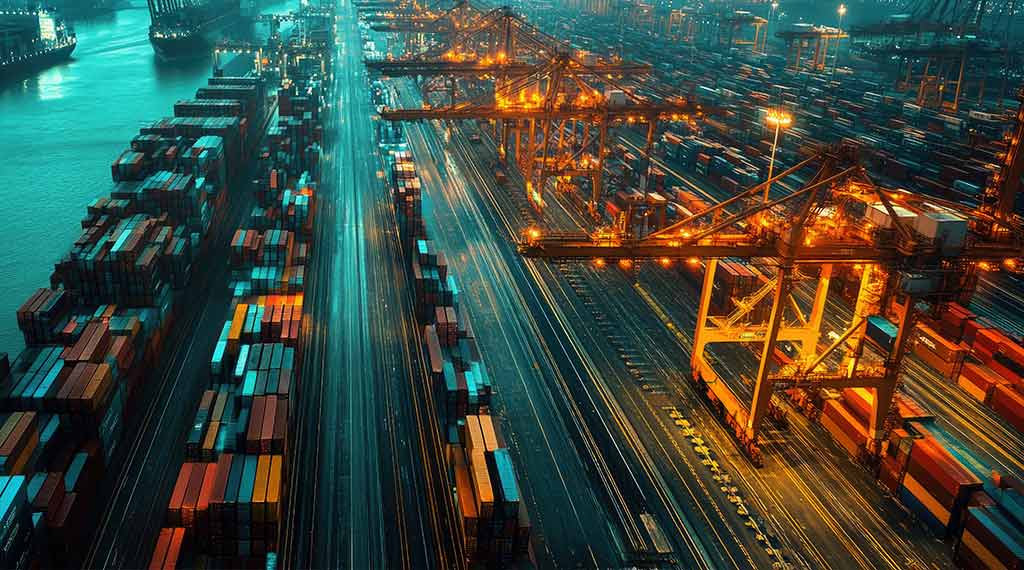by Douglas Ellsworth
To ignore the vulnerabilities in our power grid and other critical infrastructures is to risk catastrophe on a scale we can’t afford.

It’s time for the U.S. military to fully recognize an uncomfortable truth: its strength and ability to defend the nation now depend as much on domestic civilian infrastructure as on military might. While the Pentagon has long understood its reliance on foreign infrastructure in overseas theaters, it seems to be clinging to an outdated notion of “Fortress America,” where our critical infrastructures are protected by two oceans and friendly neighbors. This view, however, is a dangerous relic in today’s world, where the nation’s electrical power grid, the most critical of all infrastructures, is vulnerable to various forms of attack. America’s electric grid is extremely vulnerable to threats ranging from physical sabotage and EMP to even combined supply-chain-cyber-attacks such as what recently befell Hezbollah.
Electrical power underpins everything the military—and the nation as a whole—needs to function. Without electricity, fuel production halts. And when fuel runs out, so does the ability to transport supplies, power emergency systems, and sustain agriculture. The entire logistics chain, the very thing that allows armies to operate, crumbles without a reliable supply of electricity.
Historically, supply lines have always been a key focus in warfare. In World War II, the Allies targeted German fuel supplies to debilitate the Wehrmacht. In Iraq and Afghanistan, insurgents focused on IED attacks against fuel convoys, recognizing the lifeblood of any military operation lies in its supply chain. Even in the ancient Peloponnesian War, Sparta’s siege of Athens was designed to choke off the city’s resources.
But today, the battlefield has evolved, and the reliance on infrastructure—particularly electricity—has expanded far beyond the military sphere. It’s not just about armies marching on their stomachs anymore. It’s about the uninterrupted flow of power to every corner of the modern supply chain. Napoleon may have observed that “an army marches on its stomach,” but in today’s world, an army marches on its electricity-hungry underbelly.
RAND Corporation recently warned, “The American homeland has been under attack for the past two decades, with little in the way of meaningful response.” Cyberattacks and physical assaults on critical infrastructure have laid bare the vulnerabilities in our electric grid. This is not just a civilian problem; it’s a national security crisis. The U.S. military is just as dependent on this fragile civilian infrastructure as the rest of the country. Without electricity, the fuel needed for military jets, tanks, and emergency generators can’t be produced. As energy expert Emil Peña confirmed in a telephone conversation with this writer, “90% of jet fuel traverses the Houston Ship Channel—and that includes jet fuel for military needs.” If that supply line is cut off and the power to the refineries is disrupted, the military’s operational capacity will collapse.
“Official designation of the Houston Ship Channel as a ‘National Security Zone’ is a Presidential decision,” says Peña, a past Deputy Assistant Secretary of Energy. Peña is pushing for that designation as a private citizen. The Pentagon must join in the call for this designation.
The electrical grid also supports transportation, another vital element of military logistics. The Eisenhower Interstate System—used in times of emergency to mobilize troops and supplies—depends on electricity for everything from traffic management systems to the fuel pumps that keep vehicles running. And this grid is largely maintained by private contractors who are vulnerable to the same attacks as any other civilian infrastructure.
Agriculture, too, is tied to electricity. Without power, mechanized farm equipment grinds to a halt, and food production ceases. Livestock, which depends on automated systems for feeding and processing, is similarly affected. Even if food is available, the ability to transport it to where it is needed relies on fuel and refrigeration, both of which require uninterrupted electrical power. The collapse of this agricultural and food distribution chain would not only affect civilian populations but would directly impact the military’s ability to sustain its forces at home and abroad. A 2022 report by the Center for Security Policy titled “Food Security is National Security” revealed: “If America faced a major conflict and needed to feed its military (1.4 million active-duty members and 900,000 Guard/reservists), this would equate to to more than 42,000 metric tons of food every week just for service personnel.”
Water systems, another critical resource, also rely on electricity for pumping, purification, and distribution. In some regions, the military already faces challenges with access to clean water.
The reality is stark: the U.S. military cannot function without a reliable power grid, and that grid is more vulnerable today than ever before. The Department of Defense cannot afford to view this as a civilian issue alone. The collapse of the power grid would cascade through every aspect of military operations, from fuel production to troop mobility, from food supply to water distribution.
When these life-sustaining failures are protracted and law-of-the-jungle replaces civil order, military personnel may be forced to prioritize protecting their families over defending the nation, leading to a breakdown in both domestic military readiness and civilian safety.
In short, the U.S. military’s chain of command is intrinsically tied to the nation’s civilian supply chain powered by electricity. Protecting our critical infrastructure—especially the electric grid—must become a priority if we are to maintain military readiness and national security. The age of “Fortress America” is over. The threats we face today transcend borders and oceans, and the key to defense lies not just in far-off battlefields, but in safeguarding the very systems that power our homeland.
It’s time for the Pentagon to acknowledge this and act. To ignore the vulnerabilities in our power grid and other critical infrastructures is to risk catastrophe on a scale we can’t afford.
Douglas Ellsworth
Source:https://centerforsecuritypolicy.org/chain-of-command-meet-supply-chain/
No comments:
Post a Comment